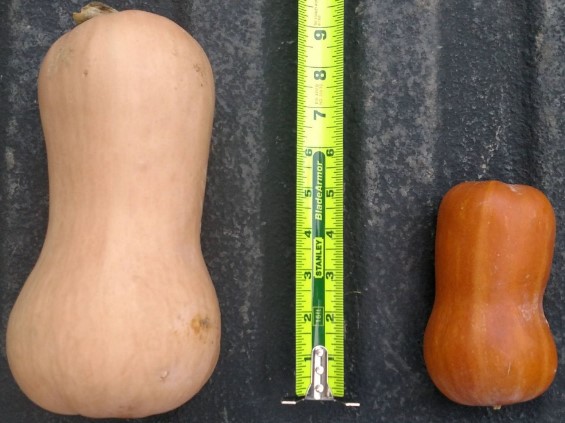By Mattk
“Specialty” — as it applies to vegetable varieties – usually refers to ones differing in at least one noticeable way from the mainstream version of the crop preferred or expected by most buyers. That difference can be in size, shape, color, flavor, texture, and/or other characteristics. Oftentimes, specialty varieties are initially grown specifically to attract or meet the stated interest of buyers looking for “something different from what they can get everywhere else” and willing to pay higher prices for it. In a small number of cases, markets for specialty varieties increase to the point that the specialty designation or perception falls away, i.e., the variety is so widely grown that it resets what is considered normal or mainstream, but that process can require years to complete. The opposite can occur, too, as markets for individual specialty varieties can remain small and fade quickly. In any case, when grown and marketed well to a sufficiently large number of buyers, even if local, specialty variety production can be profitable. Well documented cases of specialty vegetable and variety production being significant for many growers on both coasts and within easy reach of urban areas in states between them fill the extension, research, and industry literature. Some growers are, more or less, always searching for the next unusual variety that will help set their farm apart.
A variety just being different is not enough to attract and maintain the interest of most buyers. The difference must be meaningful. In the well-chronicled case of ‘Honeynut’ squash (e.g., see
https://www.bonappetit.com/story/honeynut-squash-history), the most meaningful difference may be size since ‘Honeynut’ is positioned as a mini-butternut. Its small size makes ‘Honeynut’ more versatile and appealing to buyers looking for the culinary/dietary benefits of butternut fruit but in a smaller package.

We included ‘Honeynut’ squash in two experiments in 2019, planting it in the same rows as ‘Metro PMR’. ‘Honeynut’ was used as the “spacer” between plots of ‘Metro PMR’, the actual focus of the experiments, both of which were managed organically. However, observing ‘Honeynut’ during the season and completing informal eating quality assessments, its appeal is clear. ‘Honeynut’ serves as a reminder of the benefit of considering alternative varieties, especially as the period for selecting varieties and ordering seed for 2020 gets underway.
Source : osu.edu